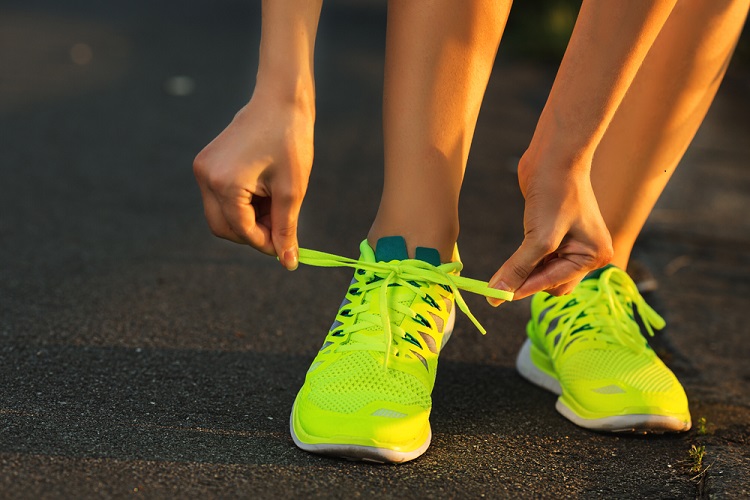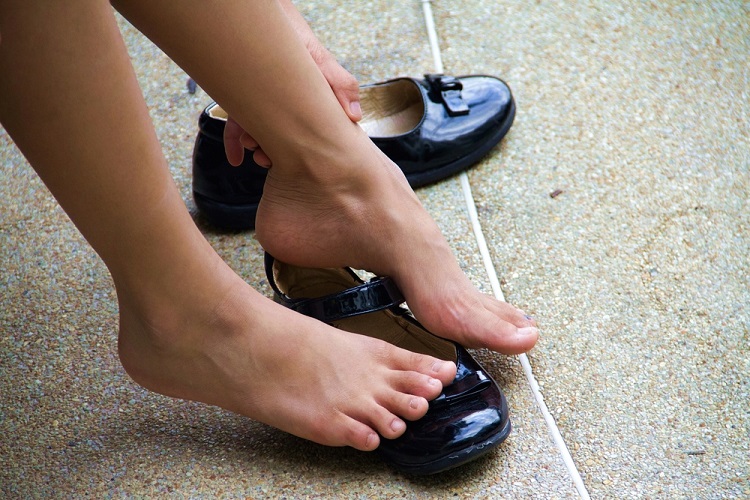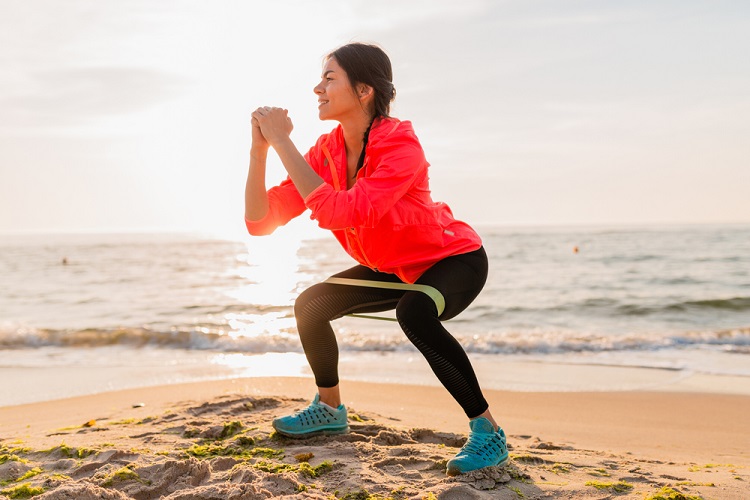How to Hack & Improve Your Joints With Minimalist Footwear
Standard shoes just aren’t cutting it anymore. With modern society putting you on your feet or on the go frequently, you need a shoe that can support you. If you are wearing a standard shoe with cushioning and a stacked heel, it might be time to switch things up. Your shoes could be wreaking havoc on your body.
Minimalist shoes are the new way to go. They have been known to help improve your posture while taking pressure off of your joints. Let’s dive into why standard shoes can be harmful and why switching to minimalist shoes may be beneficial.

Standard Shoes And The Negative Impact They Have On Your Joints
Did you know that one-quarter of the bones in your entire body are found in your ankles and feet? With that, you have over 200,000 nerve endings just in the soles of your feet. These literal foundations of your body are meant to rotate, flex, bend and send sensory information to your brain to help you move well.
If you lose mobility in your ankles and feet, this can be a recipe for disaster. Your feet tell your brain how to adjust to different terrains to ensure that you don’t experience pain. If your feet no longer move, well, this can cause a reaction up the entire body affecting every other joint and the muscles that surround them.
Most traditional shoes have a point at the toe. However, it’s likely that your foot isn’t pointy. If your foot is shaped to a point, it’s typically from squeezing your feet into shoes like this which can also result in bunions.
More often than not, your standard shoe will come with a stacked heel. This lift can change your center of gravity causing you to shift forward when you walk. This puts strain on the muscles and joints in your knees and back.
Lastly, standard shoes tend to have cushioning which can sound like a good thing but really isn’t. Man-made cushioning may feel good when you try on a shoe but research has shown it actually does not protect you from force and impact like it’s advertised to.
Cushioning actually eliminates feedback to your brain from your feet telling you that you are experiencing pain when you walk. If this happens, your brain will no longer recognize that there is an issue with your gait. Instead, you will continue to walk improperly which can lead to further pain and issues down the line.
In the grand scheme of things, you want a shoe that mimics walking barefoot because that’s how you will keep the mind-body connection between the foot, the brain, and the rest of the body.

How Minimalist Shoes Improve Posture And Reduce Risk Of Injury
That brings us to minimalist shoes. A study done in 2019 showed that wearing minimalist shoes for just 8 weeks increased foot muscle strength and size by over 10%. This kind of progress is similar to doing foot strength training daily.
However, it’s important to make sure that you are purchasing a true minimalist shoe. True minimalist shoes will have wide toe boxes to allow your toes to splay. They will have little to no cushioning, a low-to-the-ground design, and no elevated heel. All of this will help you with your sole flexibility, balance, and agility. If you can roll your shoe into a ball, it’s probably a good fit.

Safely Transitioning To A Minimalist Shoe
All of the wonderful features of true minimalist shoes will help restore the sending of sensory information to the brain about how you’re walking. So it’s common to experience pain within the first few wears. This is why it’s important to safely and slowly transition from a standard shoe to a minimalist shoe.
Do not put on your new shoes and then try to go run a marathon. Instead, give the muscles and ligaments in your feet time to adjust to your new footwear. You are essentially waking up your nervous system and teaching it how to move better so it will need a bit of time. The amount of time will differ from person to person so it is important to listen to your body to know what it needs.
Start slowly by wearing your shoes on a light walk or just around the house. You may find that your calves, ankles, and feet are a bit sore. This is common because you are working muscles you haven’t used in a long time.
As the soreness goes away you can up the duration of time you wear your shoes until eventually you are running, hiking, and working out in them.
Give it a few weeks for your muscles to adjust but once they do, your feet and the rest of your body will thank you.
